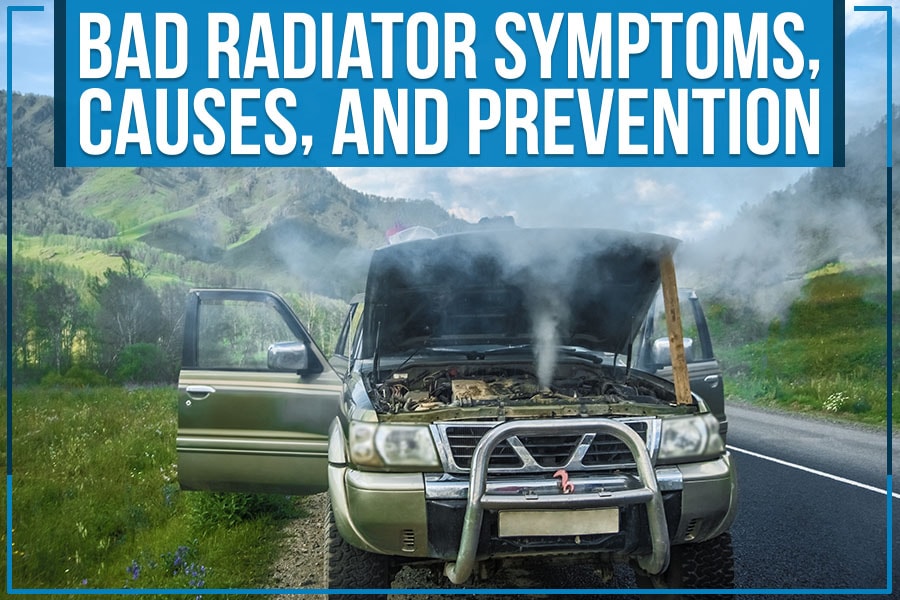
A bad radiator can cause you massive trouble. Not only does it cause your car to overheat, but it can also lead to some severe engine damage. But have you wondered about the symptoms of a bad radiator? And how can you prevent it from happening in the first place?
We're here to answer all your questions at DCH Honda of Oxnard. We take a quick rundown of everything you need to know about faulty radiator symptoms, causes, and prevention.
Faulty Radiator Symptoms
A few different symptoms might indicate your radiator is going bad. If you notice any of the following, it's time to bring your car in for a checkup:
- Leaking coolant
- Overheating of the engine
- Steam coming from under the hood
- Gurgling sounds
- Passenger heater not working efficiently
Causes of Faulty Radiator
1. Collapsed, kinked, or pinched radiator hoses
While inspecting under the hood, if you notice that your radiator hoses are either collapsed, kinked, or pinched, it's time for a radiator repair. These problems restrict the flow of coolant to and from the engine, which can cause your car to overheat.
2. Leaking or damaged radiator cap
Coolant would quickly overflow from the radiator without a radiator cap and be wasted. The radiator cap is a pressure-relief valve responsible for managing pressure and coolant levels.
3. Loose, damaged, or missing radiator fan blades
Another cause of a bad radiator is a damaged or loose fan. The radiator fan helps to cool the fluid in the radiator by circulating air around it. If radiator blades are bent or broken, they may not be able to circulate enough air to keep the coolant cool.
4. Sludge or debris in the radiator preventing coolant flow
A prevalent problem that can cause a faulty radiator is sludge or debris build-up. Over time, the coolant can break down and form a thick, oily substance that can clog the radiator and prevent proper coolant flow.
How to Prevent a Faulty Radiator
1. Check the radiator hoses regularly for cracks, leaks, or damage and replace them if necessary.
2. Inspect the radiator cap for any damage or wear and replace it if necessary.
3. Ensure the radiator fan blades are not loose, damaged, or missing.
4. Replace the thermostat if it becomes stuck in the closed position.
5. Flush the radiator regularly to remove any sludge or debris preventing coolant flow.
6. Replace the water pump if it is broken.
Conclusion:
If your radiator is not functioning correctly, it can lead to many problems, including engine overheating, decreased fuel efficiency, and even engine failure. With our list of symptoms, causes, and prevention of your car radiator, you can now take the necessary steps to keep your car running smoothly and avoid any future radiator issues!
DCH Honda of Oxnard, serving Ventura, CA, is your go-to place for all your Honda needs! From buying a new or used Honda to getting your car serviced or repaired, we're here to help! Get our top-notch Honda service to rid yourself of many issues and get the best radiator repair in town.